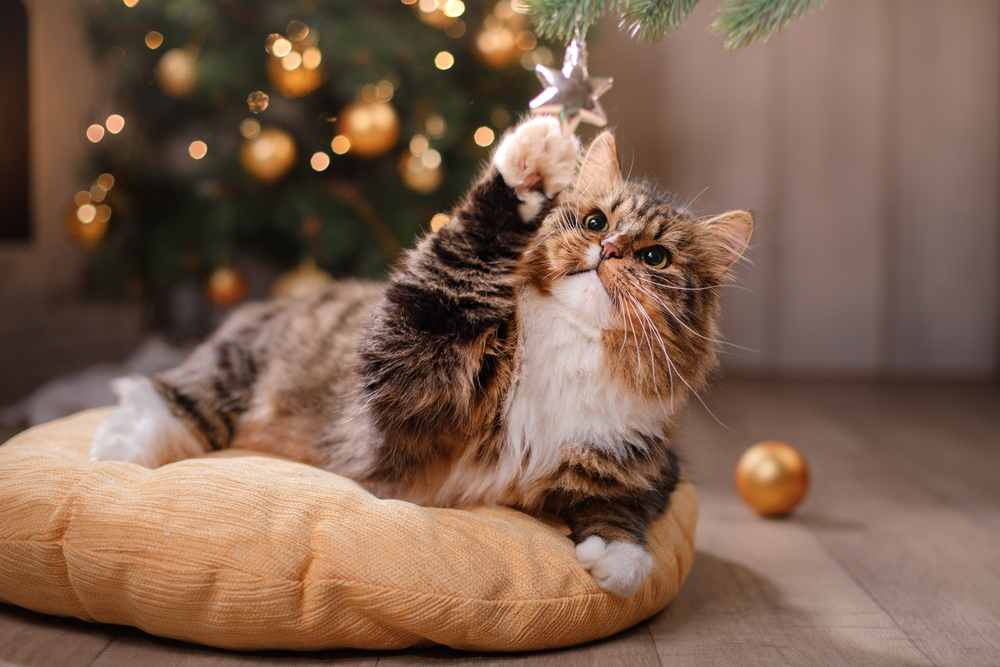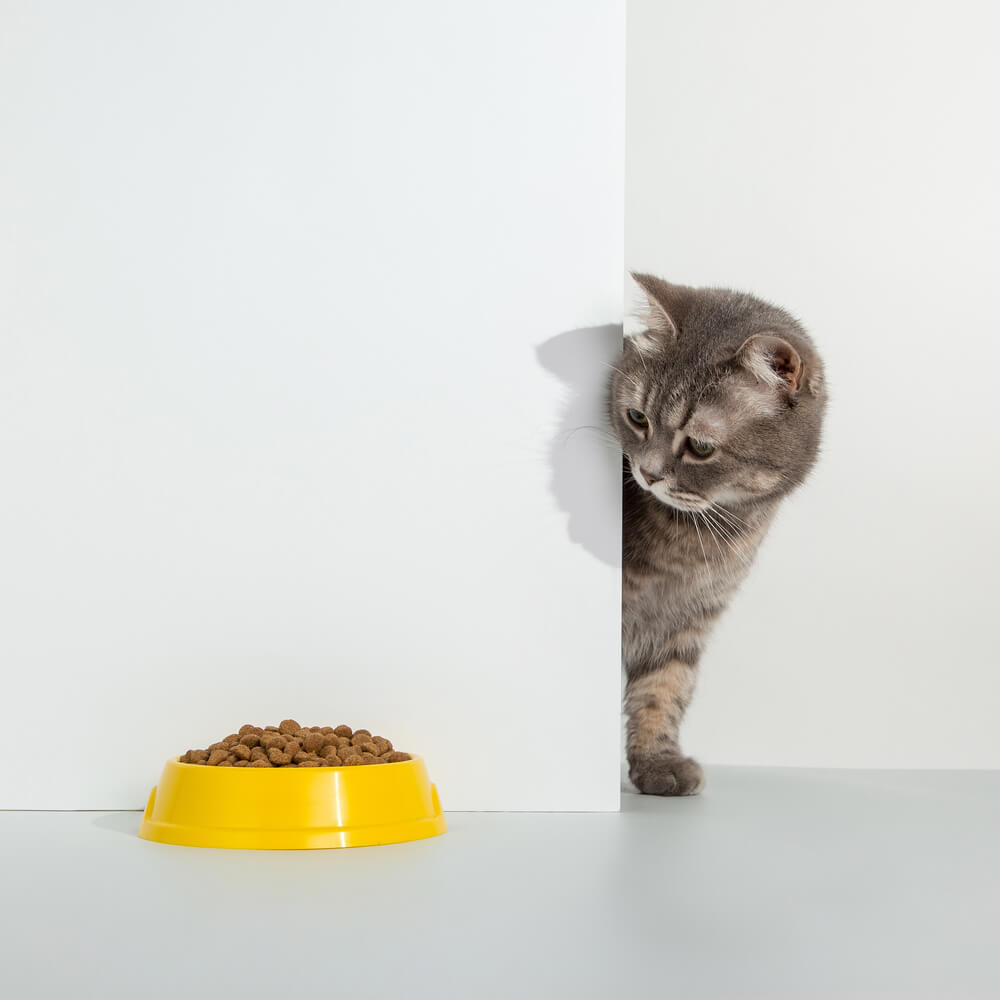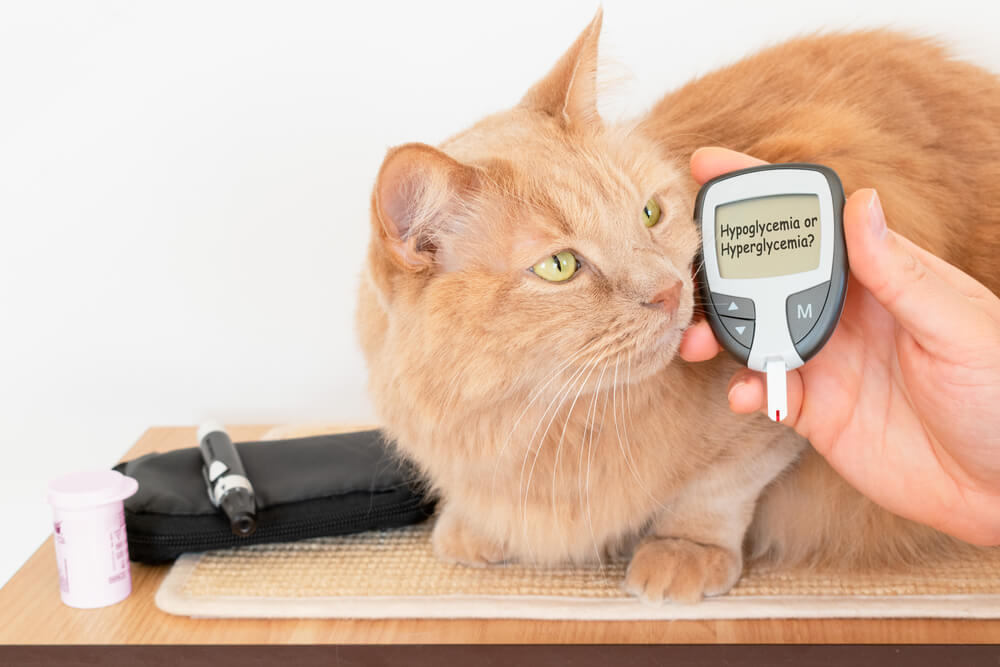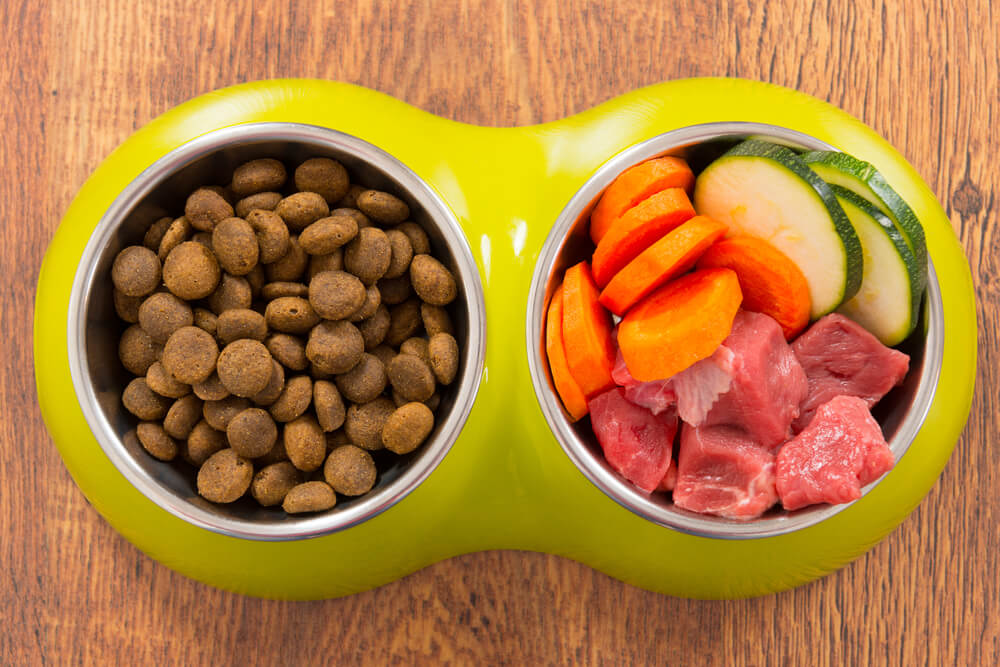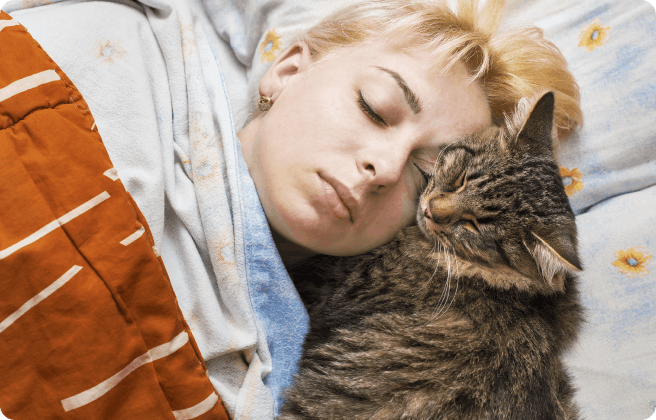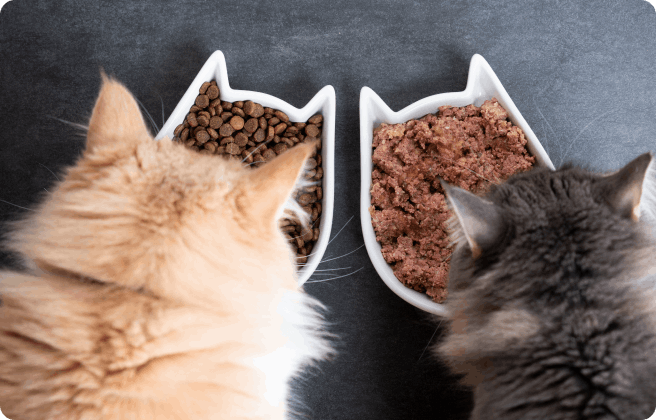
As long as your cat receives a sufficient number of calories and all the nutrients they need, it doesn’t matter whether that’s delivered through wet or dry food. However, that’s not to say there aren’t key differences between them.
So what to select? Go to the pet food aisle in your local supermarket or pet store and it’s hard not to be bombarded by the sheer amount of choice available. Do you opt for wet food (normally found in cans or pouches) or a dry alternative (seen in bigger bags)?
With your cat’s health and well-being at stake, you want to make the right choice, but which is better, dry or wet cat food?
The pros and cons of wet cat food
As the name suggests, there’s a high amount of moisture in wet cat food, which is great for those that need a little more hydration in their lives, such as cats suffering from constipation or medical conditions such as kidney disease and diabetes.
Unfortunately, this high water content means that a portion of wet food can’t sit out for long periods of time, as it becomes a breeding ground for potentially nasty bacteria. Once a can or pouch has been opened, the contents need to be consumed within 24 hours. This isn’t necessarily a problem for hearty eaters, but cats who prefer to help themselves to small helpings at a time might see their breakfast spoil over the day.
However, there are reasons to lean towards wet food.
- It tends to have a higher protein content than the dry equivalent, which can help chubbier cats shed a little weight should the vet remark upon a noticeably rounder tummy since the previous visit.
- You’ll notice a much wider range of flavors when it comes to wet food, especially those with chunks of meat or fish. If you’ve got a particularly picky eater at home, it might be easier to find a wet food recipe to their liking, as opposed to the less flavourful dry food.
Ultimately, the choice between wet cat food and other types of cat food depends on your cat’s individual needs, preferences, and any specific health considerations. You may find our best wet cat food page helpful in making an informed choice about what product to buy for your pet.
The pros and cons of dry cat food
Of course, there’s a great number of cats who don’t fancy themselves as gourmands and will eat whatever’s put in front of them. This is why dry food is so popular. It’s just as nutritious — if a little more carb-heavy — but is undoubtedly more convenient.
Not only can it be poured into the bowl and left for long periods of time without fear of going off, but it’s easier to buy in bulk and markedly less expensive too — both handy factors if you’ve got multiple cats in the household.
Kibble is also generally more cost-effective than wet food.. It tends to be less expensive per serving and can be bought in larger quantities, making it a budget-friendly option, especially for those with multiple cats or larger breeds.
Dry cat food is more energy-dense than wet cat food, meaning that it contains more calories per volume. This can be beneficial for active or energetic cats that require higher caloric intake.
It should be mentioned that dry food isn’t suitable for all cats. Those with weaker teeth, such as those in their senior years and weaning kittens, might find the crunchy composition a bit of a challenge. However, it’s also good to know that there are specially designed formulas of dry food that offer dental benefits for cats with a stronger set of gnashers.
It also has low moisture content compared to wet cat food which can contribute to inadequate hydration, especially in cats that have a reduced thirst drive or don’t drink enough water. A lack of moisture in the diet may increase the risk of urinary tract problems and kidney issues.
Some cats may find dry cat food less palatable than wet food due to its lack of strong aroma and texture. This can be a concern for picky eaters or cats with a reduced sense of smell, as they may not consume enough food to meet their nutritional needs.
The production process of dry cat food typically involves higher levels of processing and cooking at high temperatures too. This can lead to some loss of nutrient value compared to less processed foods. It’s important to choose high-quality dry cat food with premium ingredients to ensure optimal nutrition.
Should indoor cats have dry or wet food?
Again, there are no right or wrong choices when it comes to food for indoor cats, but you should observe their lifestyle to ensure they’re getting the sustenance they need.
- As a general rule of thumb, indoor cats don’t do as much exercise as their outdoor friends. To avoid excess weight gain, the less calorific dry cat food might be an easier way to maintain a trim tummy
- Your indoor cat might be gifted at watching what they eat and only dip into their bowl when they’re hungry. Dry food is better for this approach, as it won’t spoil over the course of the day — unlike wet food
- There are recipes of both wet and dry cat food formulated for the specific needs of indoor cats, which are lower in calories and contain ingredients to prevent fur balls and unpleasant litter box odors
Mix it up: Give your cat dry and wet food
Still not made your mind up? it doesn’t necessarily have to be one or the other. Many parents serve their cats a mixture of wet and dry food throughout the day. If you’re still unsure as to which one to plump for, you can simply try trialing both. Your cat will be quick to let you know if they have a preference
At a glance
| Feature | Wet cat food | Dry Cat food |
| Lower cost | 🐱 | |
| More Variety | 🐱 | |
| Longer Bowl Life | 🐱 | |
| More Protein | 🐱 | |
| More convenient in bulk | 🐱 | |
| More Moisture | 🐱 | |
| Lower in calories | 🐱 |
Should you provide additional water for cats?
Providing additional water for cats is important to ensure they stay properly hydrated, especially if they consume predominantly dry cat food. Here are some ways to offer additional water to your cat:
- Clean and fresh water: Always provide your cat with clean and fresh water in a clean water bowl. Change the water regularly, at least once or twice a day, to keep it fresh and appealing.
- Multiple water sources: Place water bowls in different areas of your home. Some cats prefer drinking from certain locations or may feel more comfortable accessing water in different parts of the house. Having multiple water sources increases the chances of your cat drinking enough water.
- Water fountains: Consider investing in a cat water fountain. Many cats are attracted to running water, and a fountain can encourage them to drink more. The circulating water stays fresh and can be more appealing than still water in a bowl.
- Wet cat food: Feeding wet cat food, which has a high moisture content, can contribute to your cat’s overall hydration. Wet food provides an additional source of water in their diet, helping to prevent dehydration.
- Water additives: Some water additives, available at pet stores, can enhance the taste of water and make it more enticing for cats. These additives are designed specifically for cats and can encourage them to drink more water.
- Ice cubes or water toys: Some cats enjoy playing with ice cubes or water toys. You can place a few ice cubes in your cat’s water bowl or provide water toys with small floating objects to engage their interest and encourage drinking.
- Gradual transition: If your cat is primarily accustomed to dry food, introduce wet food gradually to allow them to adjust to the higher moisture content. Mix a small amount of wet food with their dry food and gradually increase the wet food portion over time.
It’s important to monitor your cat’s water intake and ensure they are drinking enough to stay hydrated. If you notice any significant changes in your cat’s water consumption or suspect dehydration, it’s advisable to consult a veterinarian for further guidance.
We uphold the highest editorial standards when creating the authoritative content pet parents rely on and trust.
Every piece of clinical content on the Cat Food Advisor is reviewed by our certified Veterinary Advisory Board, which consists of licensed veterinarians and medically certified specialists.
Our reviews are completely independent; we are not paid by any pet food company to promote their products favorably. We do not accept money, gifts, samples or other incentives in exchange for special consideration. For more information see our Disclaimer & Disclosure page.




